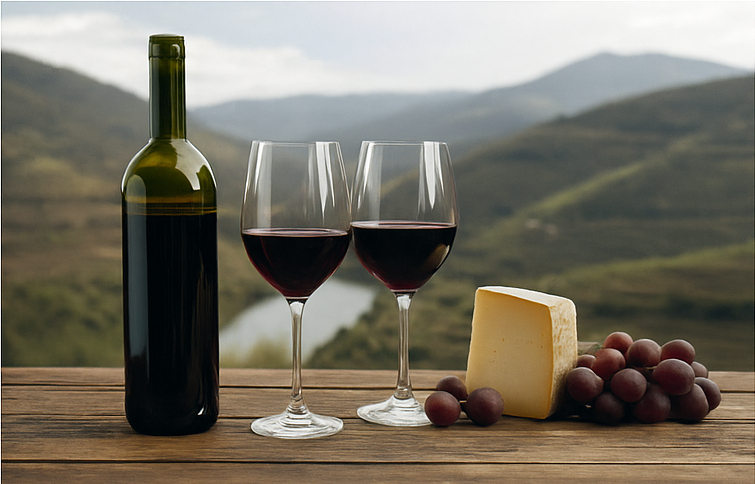
10 Techniques for Evaluating Wine Quality
Share
When it comes to evaluating wine quality, there are several key techniques that can help you become a connoisseur in no time. Whether you are a seasoned sommelier or a wine enthusiast looking to expand your knowledge, these 10 techniques will guide you through the process of assessing wine like a pro.
1. Color Clues
Start by observing the color of the wine. Tilt your glass slightly and take note of the hue. White wines can range from pale yellow to deep gold, while red wines can vary from light ruby to deep purple. The color can provide insights into the grape variety and age of the wine.
2. Swirl and Sniff
Gently swirl the wine in your glass to release its aromas. Take a moment to inhale the bouquet and identify the different scents. Common aromas in wine include fruits, flowers, spices, and oak. The intensity and complexity of the aromas can indicate the quality of the wine.
3. Taste Test
Take a small sip of the wine and let it linger on your palate. Pay attention to the flavors that emerge, such as fruit, acidity, tannins, and sweetness. Note the balance of these elements and how they interact with each other. A well-balanced wine is a sign of quality.
4. Assess Acidity
Acidity is a crucial component of wine that provides freshness and structure. High acidity can make a wine feel crisp and lively, while low acidity can make it taste flat. Balance is key, so look for wines with a harmonious level of acidity.
5. Gauge Tannins
Tannins are compounds found in grape skins, seeds, and stems that create a drying sensation in the mouth. Red wines typically have more tannins than white wines. The presence of tannins can affect the wine's aging potential and overall quality.
6. Consider Alcohol Content
The alcohol content of a wine can impact its body and mouthfeel. Higher alcohol levels can contribute to a fuller-bodied wine, while lower alcohol levels can result in a lighter style. Balance is key, so look for wines where the alcohol is well-integrated.
7. Evaluate Finish
The finish refers to the aftertaste that lingers once you have swallowed the wine. A long, complex finish is a hallmark of high-quality wine, indicating depth and complexity. Pay attention to how the flavors evolve on the palate after you have taken a sip.
8. Consider Aging Potential
Some wines are meant to be enjoyed young, while others can benefit from aging in the bottle. Tannic red wines and high-acid white wines often have good aging potential. Consider the structure and balance of the wine when assessing its ability to improve with age.
9. Seek Complexity
Complex wines offer a multi-dimensional tasting experience, with layers of flavors and aromas that evolve in the glass. Look for wines that reveal new nuances with each sip, indicating a high level of craftsmanship and quality.
10. Trust Your Palate
Ultimately, the most important factor in evaluating wine quality is your own palate. Trust your senses and preferences when assessing a wine. Developing your tasting skills takes time and practice, so don't be afraid to experiment and explore different styles of wine.

